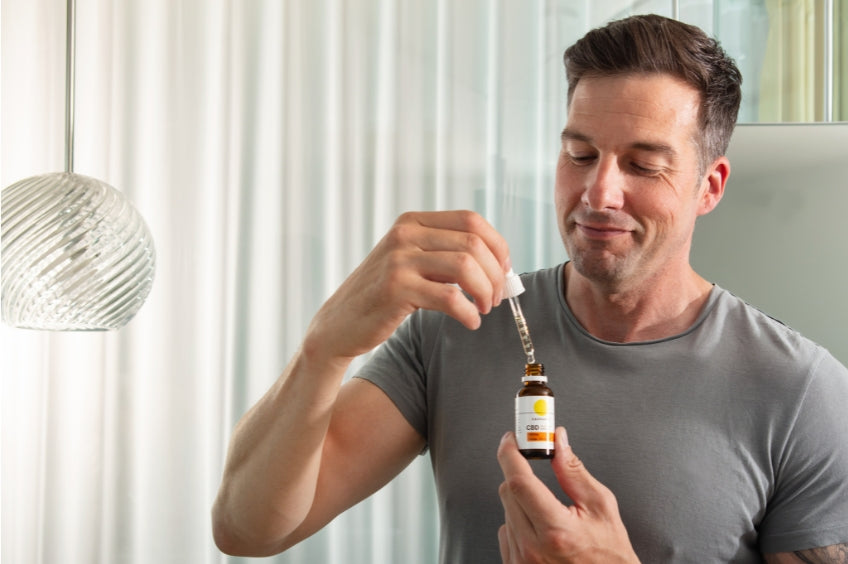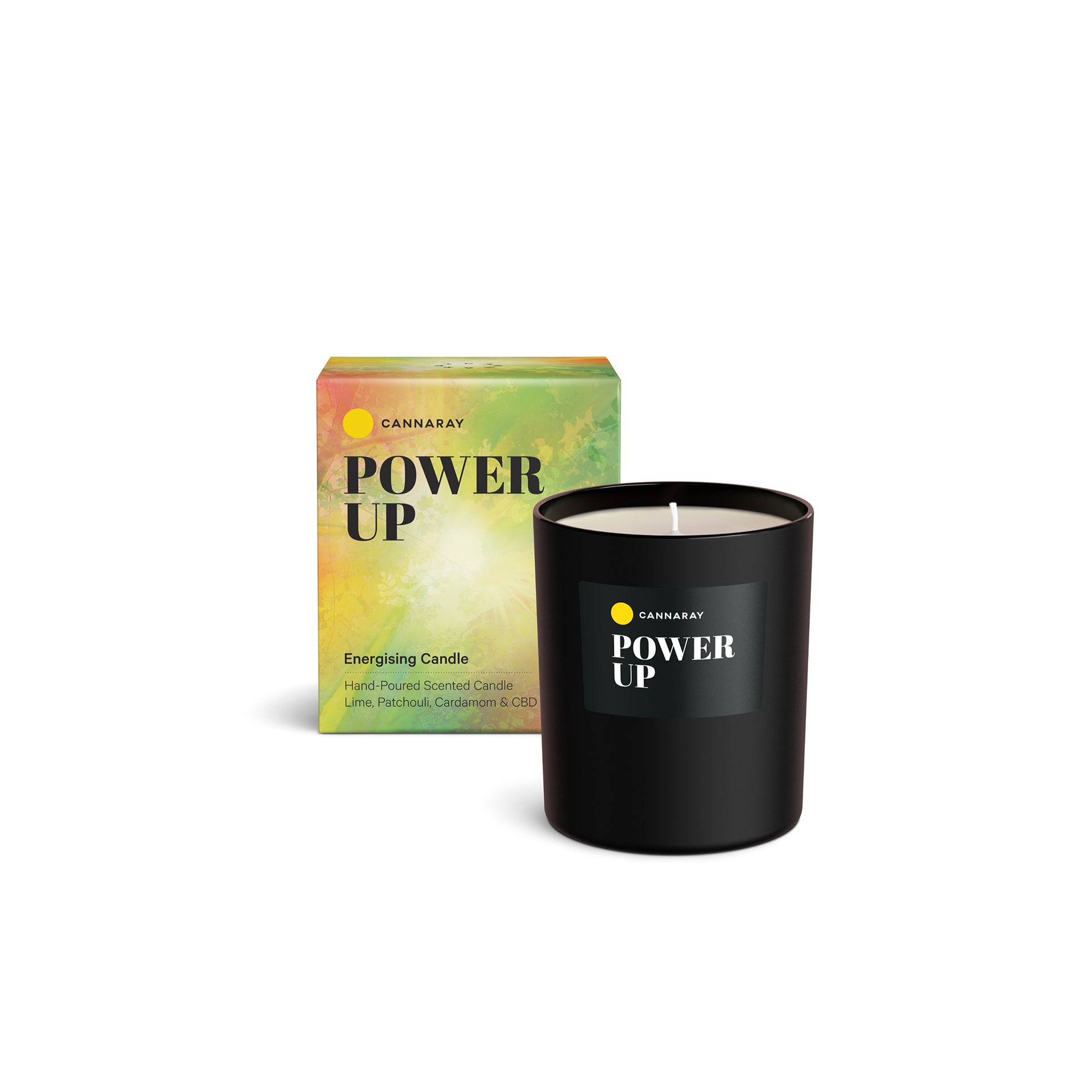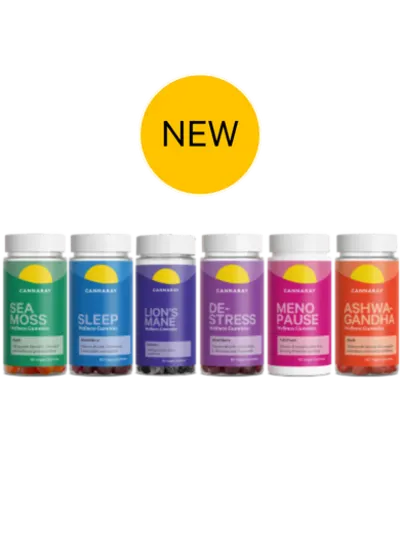Do you find the winter months difficult? Does gloomy weather = gloomy mood? Then you might be one of the 2 million people in the UK who suffer from SAD. Seasonal affective disorder – or the winter blues – can zap your energy and leave you feeling down and depleted. But there are ways you can manage symptoms and start to feel more like yourself again.
So, let’s get into them; the SAD symptoms you need to look out for, plus 7 ways to tackle those seasonal blues…

What are the symptoms of SAD?
The biggest sign of SAD is a persistent low mood that ties in with the seasons. It may start around the end of autumn and lift as spring begins, with the most difficult period in the depths of winter. This can also lead to a loss of interest in your usual activities, and a lack of energy or a sense of lethargy that doesn’t go away, no matter how much you rest. If you notice these feelings each year, and they always have a seasonal pattern, you may be suffering from SAD.

7 tips to manage SAD symptoms
1. Embrace natural daylight
On brighter days when the sun is shining, take yourself out for a walk. Enjoy the outdoors for as long as possible to soak up all of that natural daylight. Make sure you’re also opening your curtains first thing in the morning, and if you work at a desk during the day, try to sit right by a window for maximum light exposure. This may not be so effective when it’s grey or raining outside, but that’s why it’s important to take advantage of the sunlight when it comes.

2. Do some outdoor exercise
It’s no secret that exercise has been linked to an improvement in mental health. The sense of achievement, the flood of endorphins… Working out has multiple benefits for both your mind and body. Try embracing movement to keep your SAD symptoms at bay . Better yet, take your exercise outside, into the daylight, so you can get some fresh air as you work up a sweat. A brisk walk, a run, a bike ride or bootcamp are all great ways of exercising outdoors. You could even join a running club, so you’re getting in some social time too.
3. Take a daily dose of vitamins
Low levels of vitamin D are common in people who suffer from SAD, so make sure you’re getting your regular dose in the face of reduced sunshine. We’ve packed 500% of your daily recommended level of vitamin D3 in each serving of our Bright Days CBD Capsules (2 per day), along with a host of other wellness heroes. There’s vitamin C in there, which contributes to normal psychological function and a reduction in tiredness and fatigue, as well as zinc, which aids normal cognitive function. The capsules also support your immune system at a time when colds and flus are rife – because the last thing you want is to feel physically unwell on top of everything else.
We’re creatures of habit – fact. Humans thrive off some level of routine, as it gives us stability when other things are happening outside of our control (like the seasons changing). Even small daily rituals can help, so try kicking off a morning or evening ritual that feels comforting and, in time, familiar. Here are just some of the small tweaks you could make to your day…

Your morning ritual
- Get up at the same time every day.
- Drink a full glass of water or a mug of hot water with a squeeze of lemon.
- Go outside for a walk (or even a run).
- Take your CBD Capsules or citrus-fresh Bright Days CBD Oil Drops.
- Enjoy breakfast before you get showered and dressed.
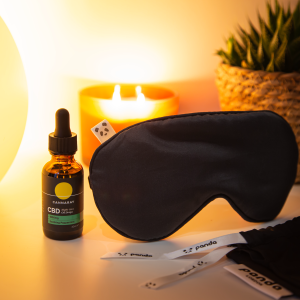
Your evening ritual
- Start winding down at the same time every day.
- Brush your teeth and wash your face.
- Work the CBD Muscle Balm into areas of tension.
- Take the minty Night-Time CBD Oil Drops.
- Go to bed with a book/audiobook until you feel sleepy.
5. Stick to your social plans
As tempting as it might be to stay home alone and safe from the cold weather, this can start to make you feel isolated with your SAD. Instead, begin making social plans. This could be anything from regular phone calls, to coffee catch-ups, to dinners with friends. A full calendar will help the weeks fly by, and you’ll be welcoming brighter days before you know it.
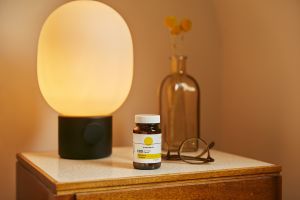
6. Try artificial light therapy
As well as getting plenty of natural light, try using artificial lights designed to ease SAD symptoms. There are many options out there that mimic daylight on even the greyest of days. Switch it on in the morning, making sure it’s relatively level with your line of vision, and keep it with you if need be. They’re handy for deskside use when the window isn’t bringing much sunshine.
7. Talk to your doctor
If your SAD symptoms aren’t lifting, talk to your doctor to see what options are available to you. SAD is a form of depression and should be taken seriously, so don’t be afraid to reach out and ask for help. They may be able to offer a short-term treatment plan to see you through the cooler months; one you can turn to every year to make winter more manageable.

